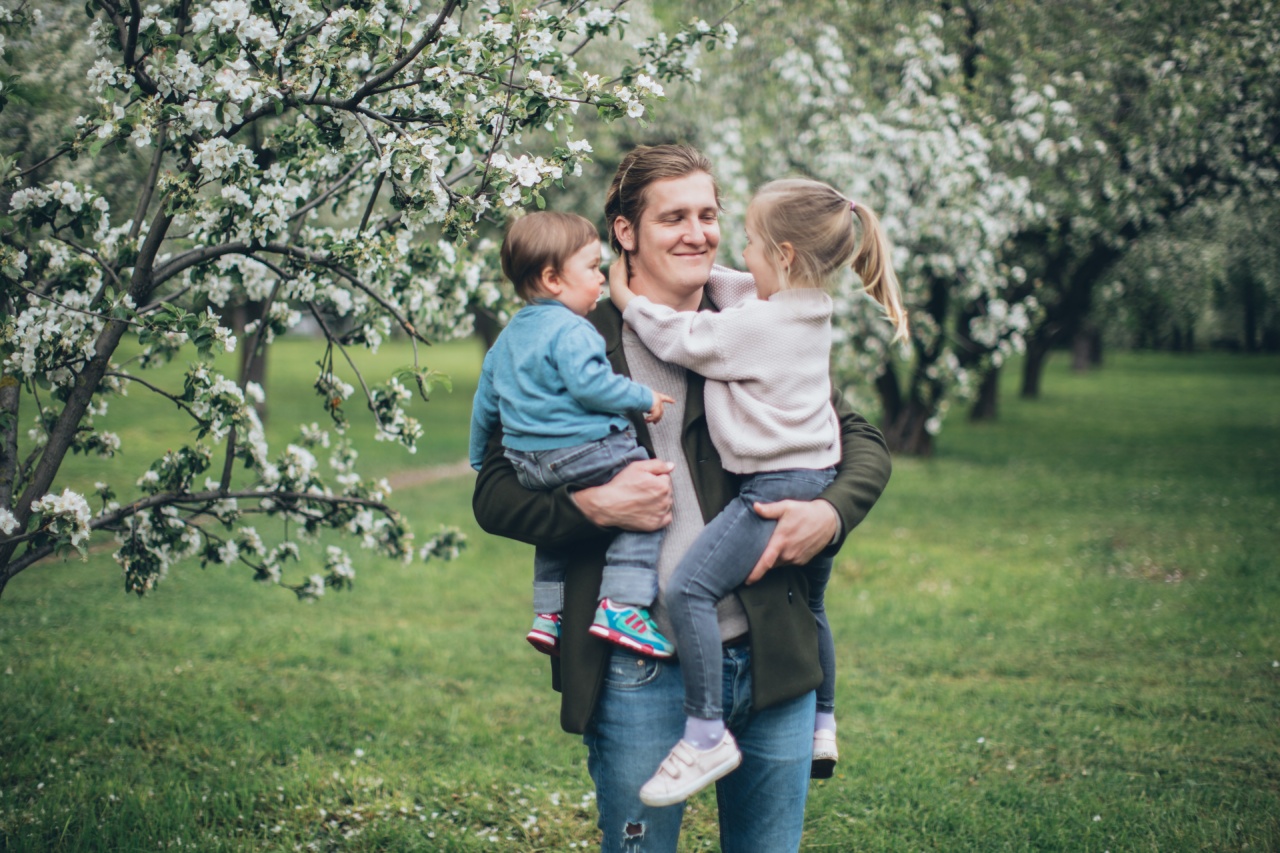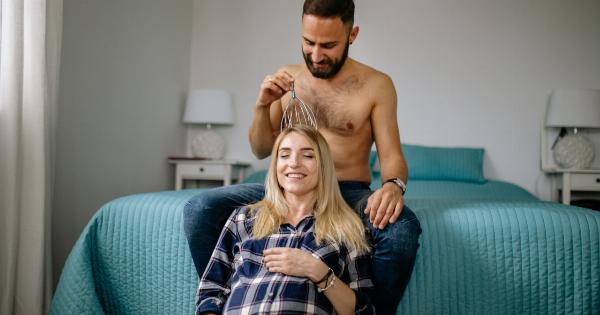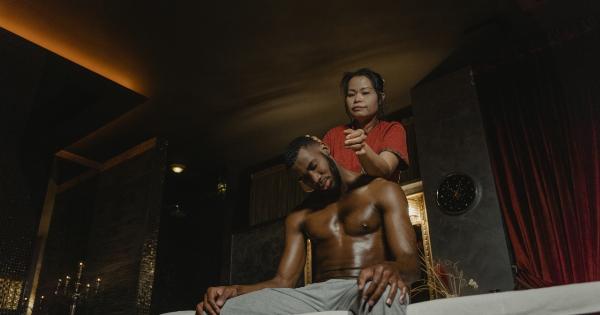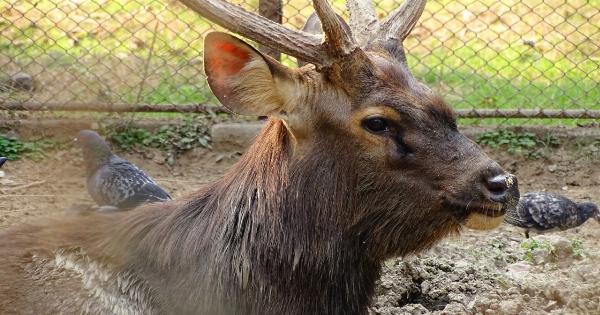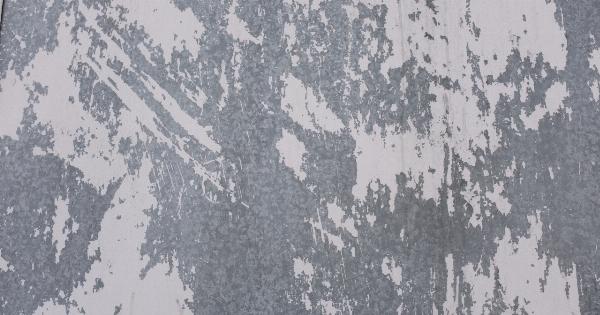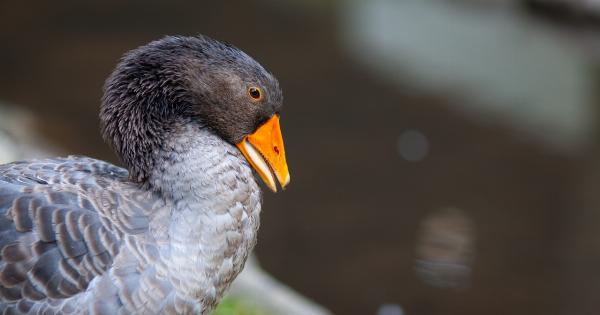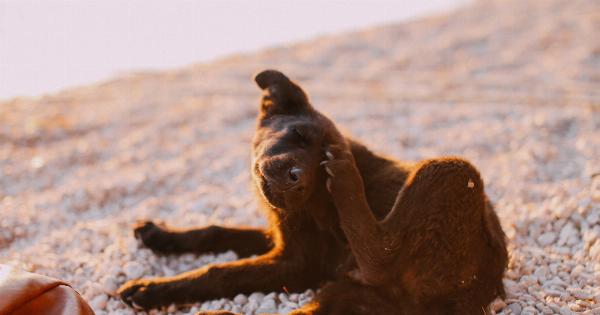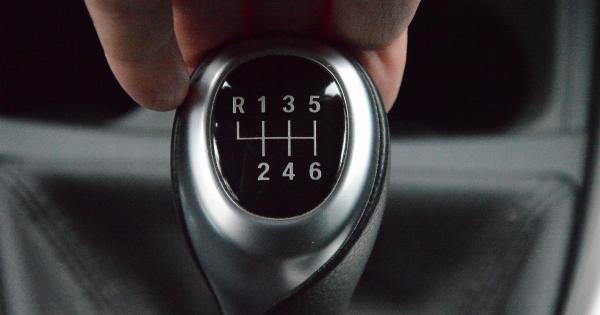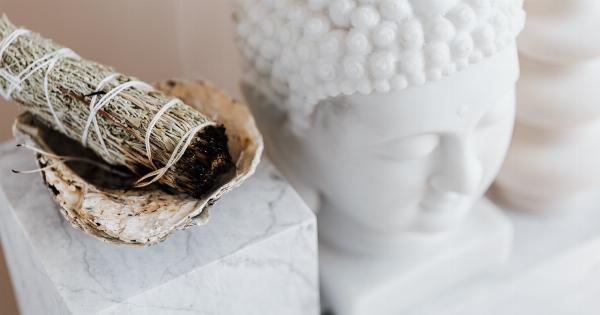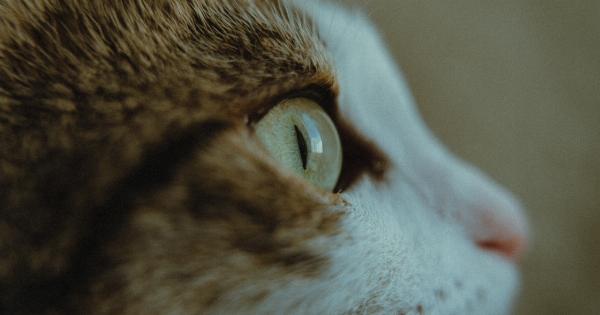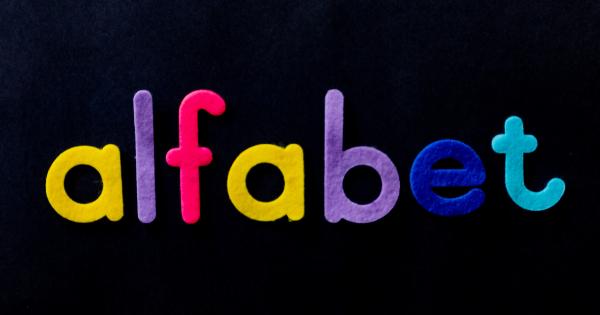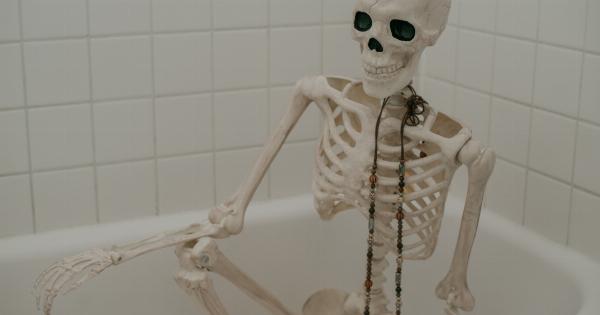Head lice is a common problem that parents encounter, especially in school-age children. It is caused by tiny parasitic insects that live on the scalp and feed on human blood.
Although it is not a serious medical condition, head lice can cause significant discomfort and embarrassment, and it requires proper treatment to avoid spreading. Here’s everything every parent should know about head lice.
What Are Head Lice?
Head lice are tiny, wingless insects that are about the size of a sesame seed. They have six legs with claws that are used for moving and gripping onto hair strands. They live exclusively on human scalps and feed on human blood several times per day.
Despite being commonly associated with poor hygiene, head lice can infest anybody regardless of their cleanliness.
How Head Lice Spread?
Head lice spread through direct head-to-head contact with an infested person. They cannot jump or fly, but they can crawl from one person’s hair to another’s.
This is why head lice are common among school-age children who often play and huddle close together during activities. Head lice can also spread through sharing combs, brushes, towels, hats, and other personal items that come into contact with the head.
What Are the Symptoms of Head Lice?
The most common symptoms of head lice include:.
- Intense itching on the scalp, neck, and ears.
- Visible lice or nits (lice eggs) on the scalp, hairline, or behind the ears.
- Small red bumps on the scalp, neck, and shoulders caused by lice bites.
How to Check for Head Lice?
To check for head lice in your child, you need to:.
- Wet the hair and comb it with a fine-toothed comb to remove tangles and separate hair strands.
- Use a bright light and magnifying glass to inspect the scalp and hairline for lice or nits.
- Focus on the nape of the neck and behind the ears, as these are the favorite spots for lice to lay their eggs.
How to Treat Head Lice?
If you identify head lice in your child, you need to treat it promptly to avoid spreading to other people. The treatment involves:.
- Using an over-the-counter (OTC) or prescription head lice shampoo or lotion that contains permethrin or pyrethrin to kill lice and nits.
- Following the instructions on the product label carefully.
- Combing the wet hair with a fine-toothed metal nit comb to remove dead lice and nits.
- Repeating the treatment and combing after a week to kills any newly hatched lice and nits.
How to Prevent Head Lice?
You can take the following measures to prevent head lice:.
- Telling your child not to share hair combs, brushes, hats, or personal items with others.
- Encouraging your child to avoid direct head-to-head contact with friends or classmates during playtime.
- Regularly checking your child’s scalp and hair for signs of head lice.
- Keeping your child’s hair tied up or braided to minimize the risk of lice transmission.
Conclusion
Head lice is a common problem that affects school-age children and their families. It is caused by tiny parasitic insects that feed on human blood and live on the scalp.
Although head lice is not a serious medical condition, it can cause significant discomfort and embarrassment. It spreads through direct head-to-head contact and can be prevented by following simple measures. If you suspect your child has head lice, check their scalp and hairline for lice or nits and seek prompt treatment to avoid spreading.
